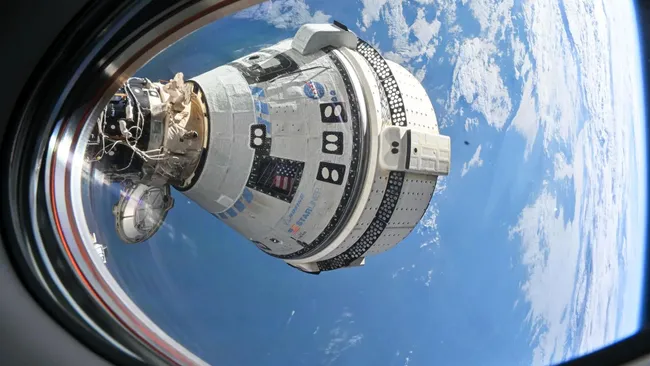
Despite these setbacks, NASA remains confident in Boeing’s ability to eventually deliver a fully functional spacecraft. NASA Administrator Bill Nelson noted that Boeing has been a long-term partner in the space program, contributing to projects ranging from the ISS to the Space Launch System for lunar exploration.
Still, this latest delay adds to Boeing’s already substantial financial burden. The Starliner program has reportedly cost Boeing an additional $1.5 billion beyond its original contract with NASA, which was intended to end the U.S. reliance on Russia’s Soyuz spacecraft(
Spaceflight Now). The technical issues, alongside other challenges Boeing has faced in its aviation sector, have put significant pressure on the aerospace giant to get Starliner back on track.
The Role of SpaceX’s Dragon Capsule
With Starliner grounded, NASA has relied heavily on SpaceX’s Crew Dragon spacecraft to ferry astronauts to and from the ISS. The next planned mission for Crew Dragon, Crew-9, will also play a role in assisting Boeing by accommodating astronauts Wilmore and Williams for their return to Earth in early 2025. This decision emphasizes NASA’s need for a reliable and functional Starliner to maintain redundancy in its crew transport system(
The continued success of SpaceX’s Crew Dragon has placed additional pressure on Boeing to rectify Starliner’s technical issues. Without two functioning spacecraft capable of carrying crew members, NASA risks losing its ability to reliably support the ISS. As Nick Hague, one of the Crew-9 astronauts, pointed out, “We’re one launch anomaly from losing our ability to support this amazing thing that we do on the International Space Station”(
Boeing’s Path Forward: What’s Next?
As of October 2024, Boeing is focusing on analyzing the results from the Starliner’s hot-fire tests and finalizing its flight rationale to ensure system reliability. Starliner ground teams are taking their time to assess the craft’s propulsion systems before giving the green light for its next mission.
NASA and Boeing engineers are determined to resolve these issues, with Boeing emphasizing that crew safety is their top priority. Despite the difficulties, Boeing continues to develop solutions to bring Starliner back into operational status for crewed missions.
Additionally, NASA is working closely with Boeing to continue testing Starliner’s systems under various conditions, with the goal of eventually completing a successful crewed return mission. This would be a critical step for Boeing, as it looks to regain trust in its commercial crew capabilities(
EarthSky).
Conclusion
The future of Boeing’s Starliner remains uncertain as technical issues persist. With multiple delays, rising costs, and significant pressure from NASA and the public, Boeing faces considerable challenges. Nonetheless, NASA continues to place its confidence in Boeing, and the company remains committed to resolving the problems that have plagued Starliner.
For space enthusiasts and industry observers, the upcoming months will be crucial in determining the fate of the Starliner program. Will Boeing be able to address the technical concerns and successfully return its astronauts to Earth? The aerospace world is watching closely.
For more in-depth updates and space news, be sure to visit Newsify.info.




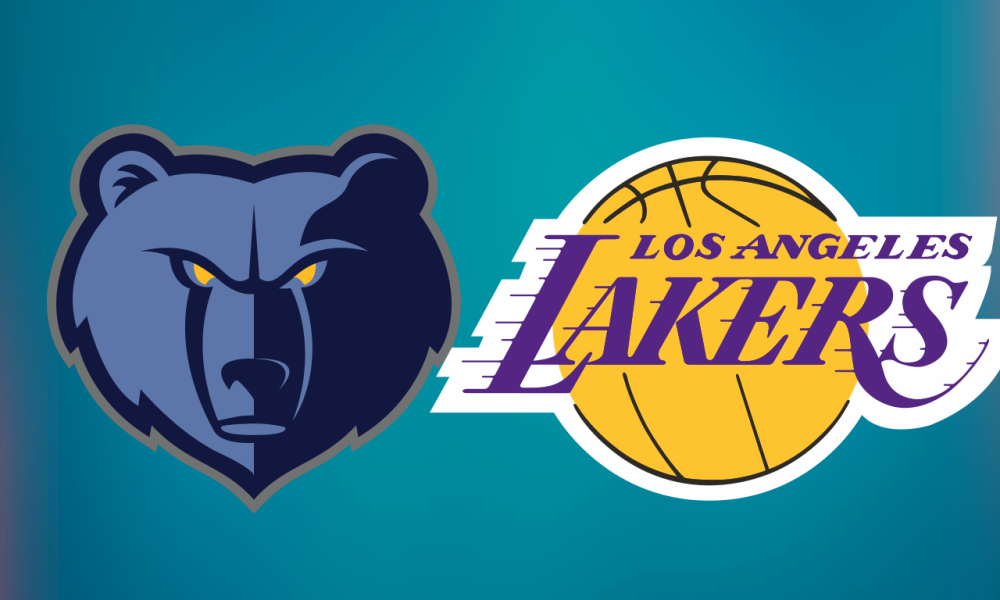
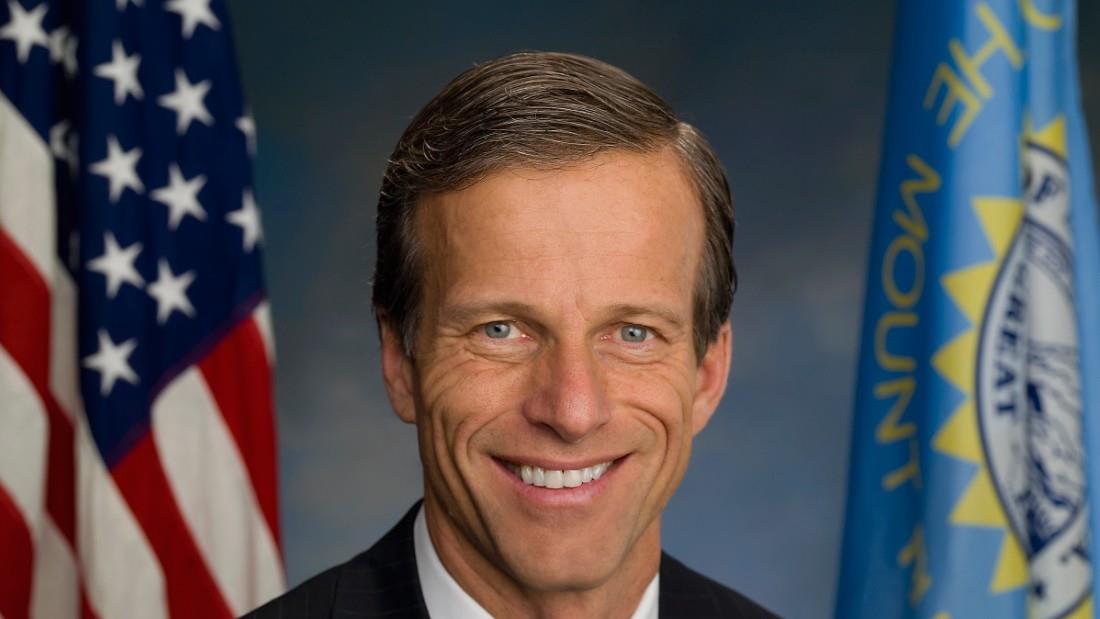

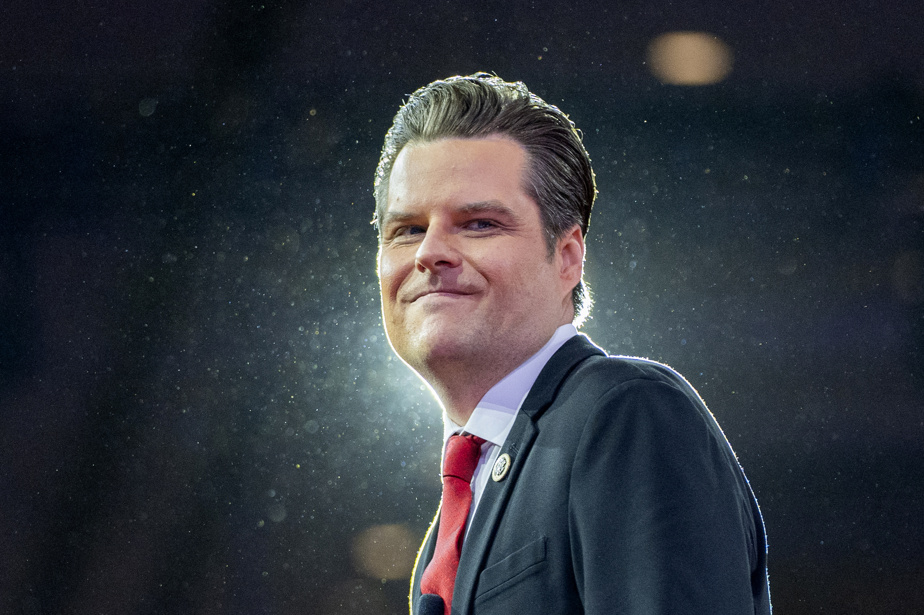
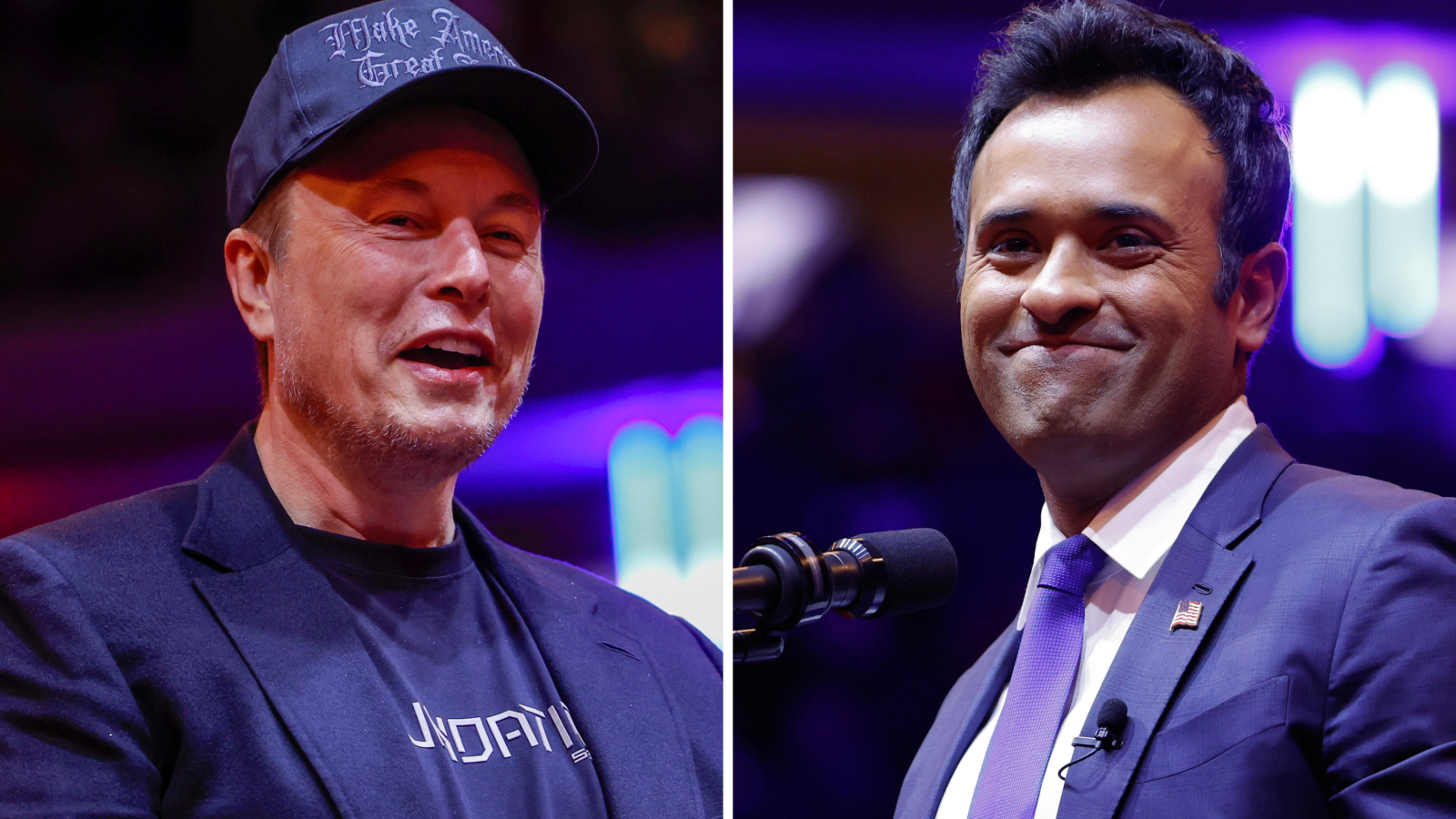
Leave a Reply